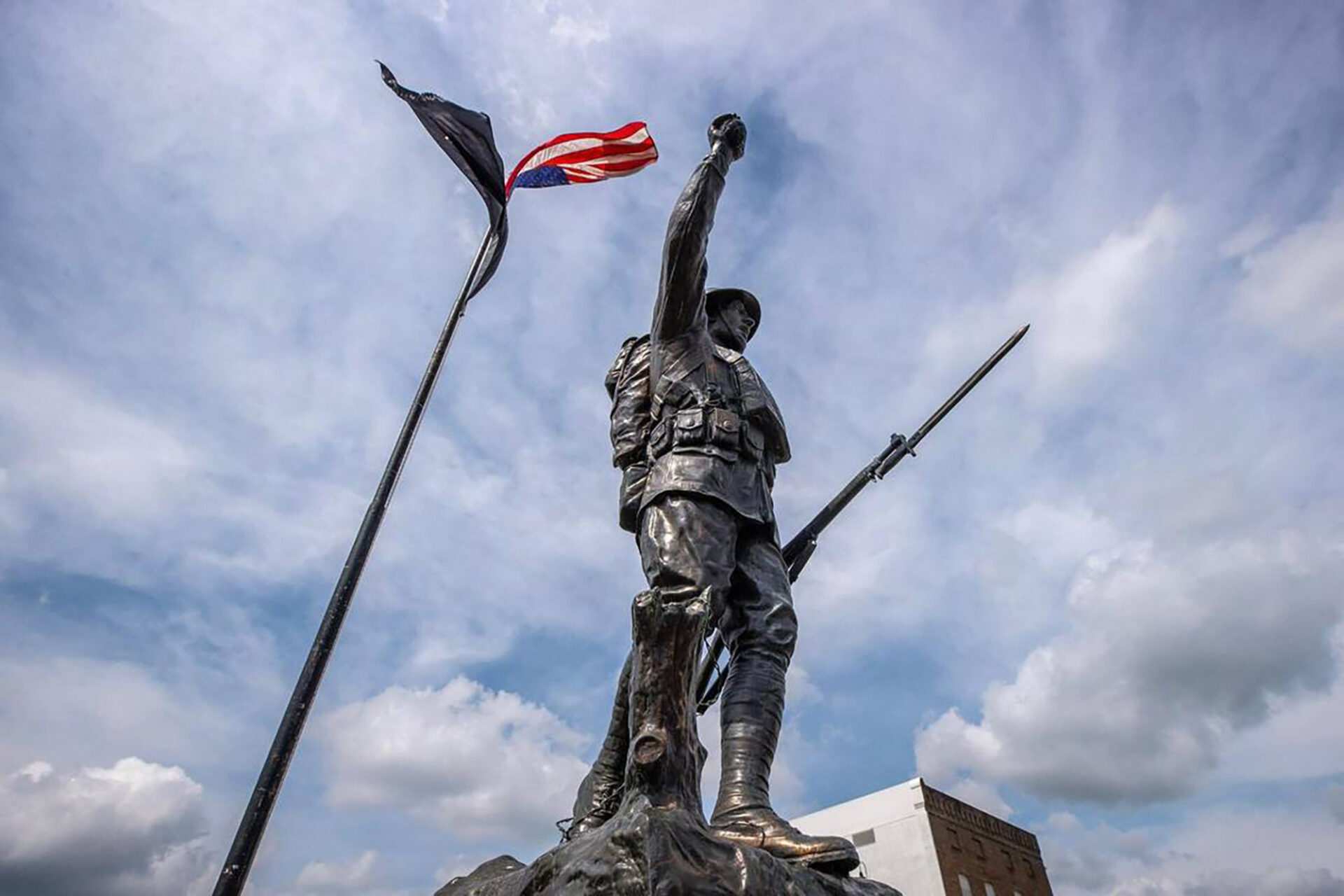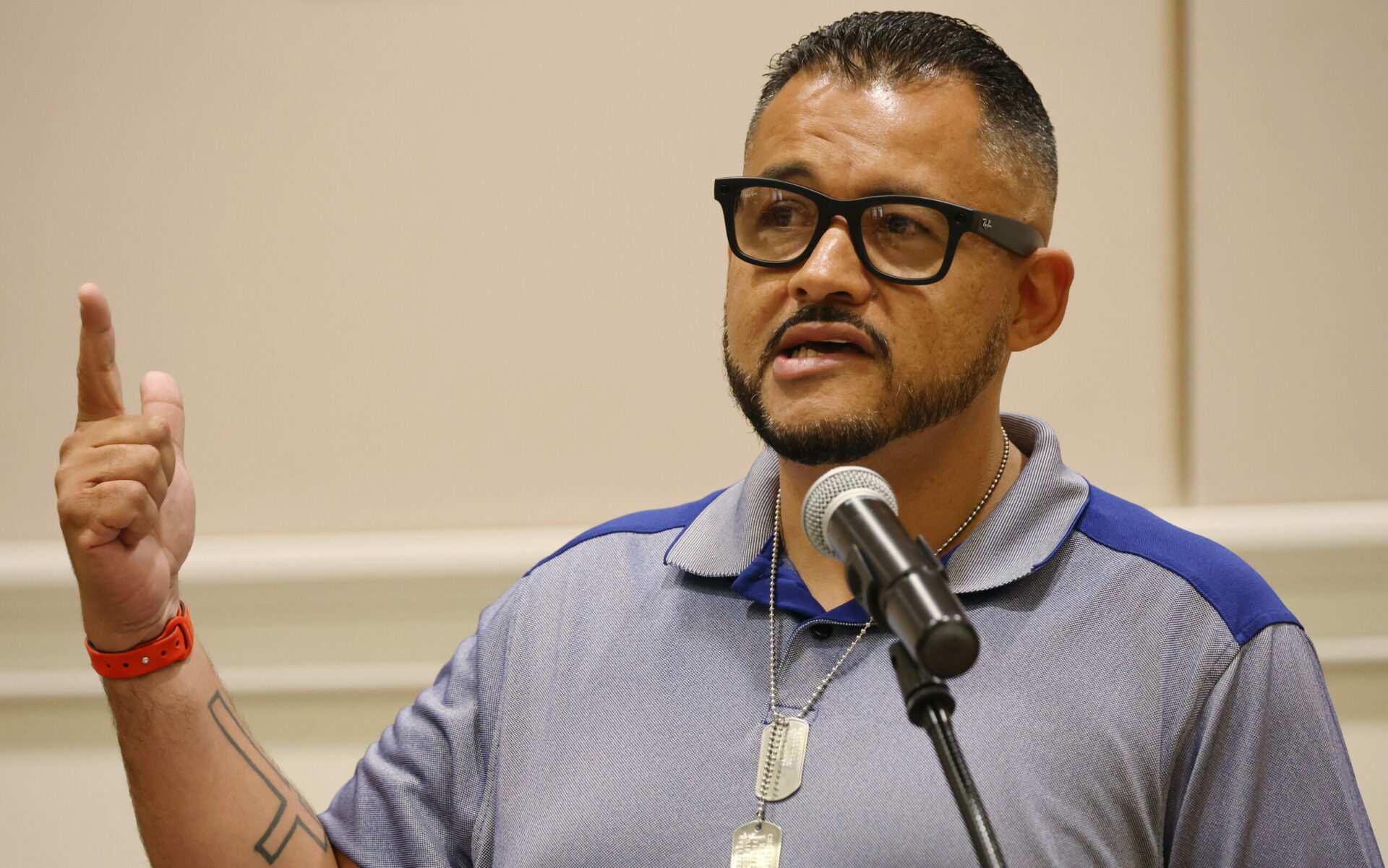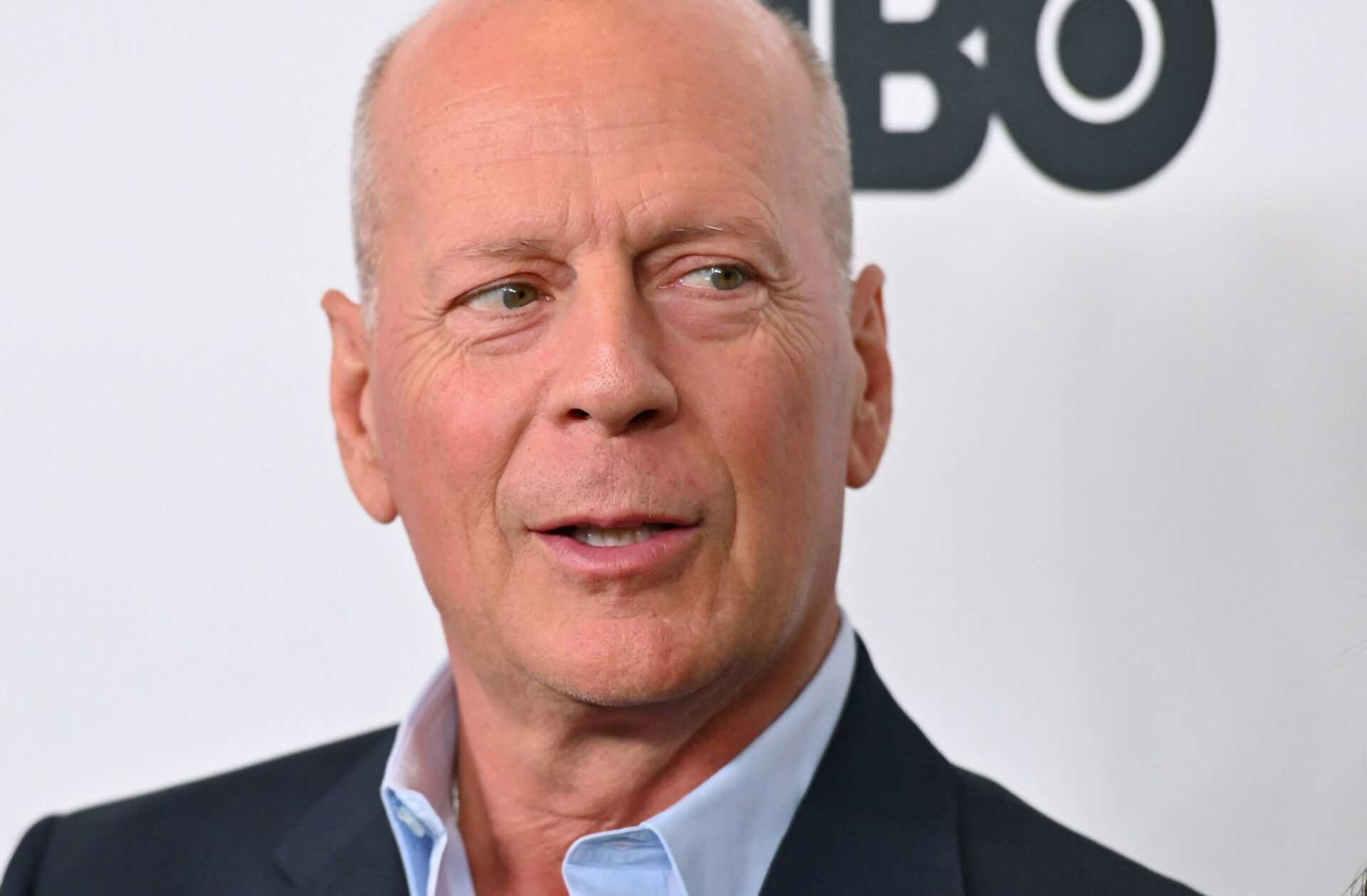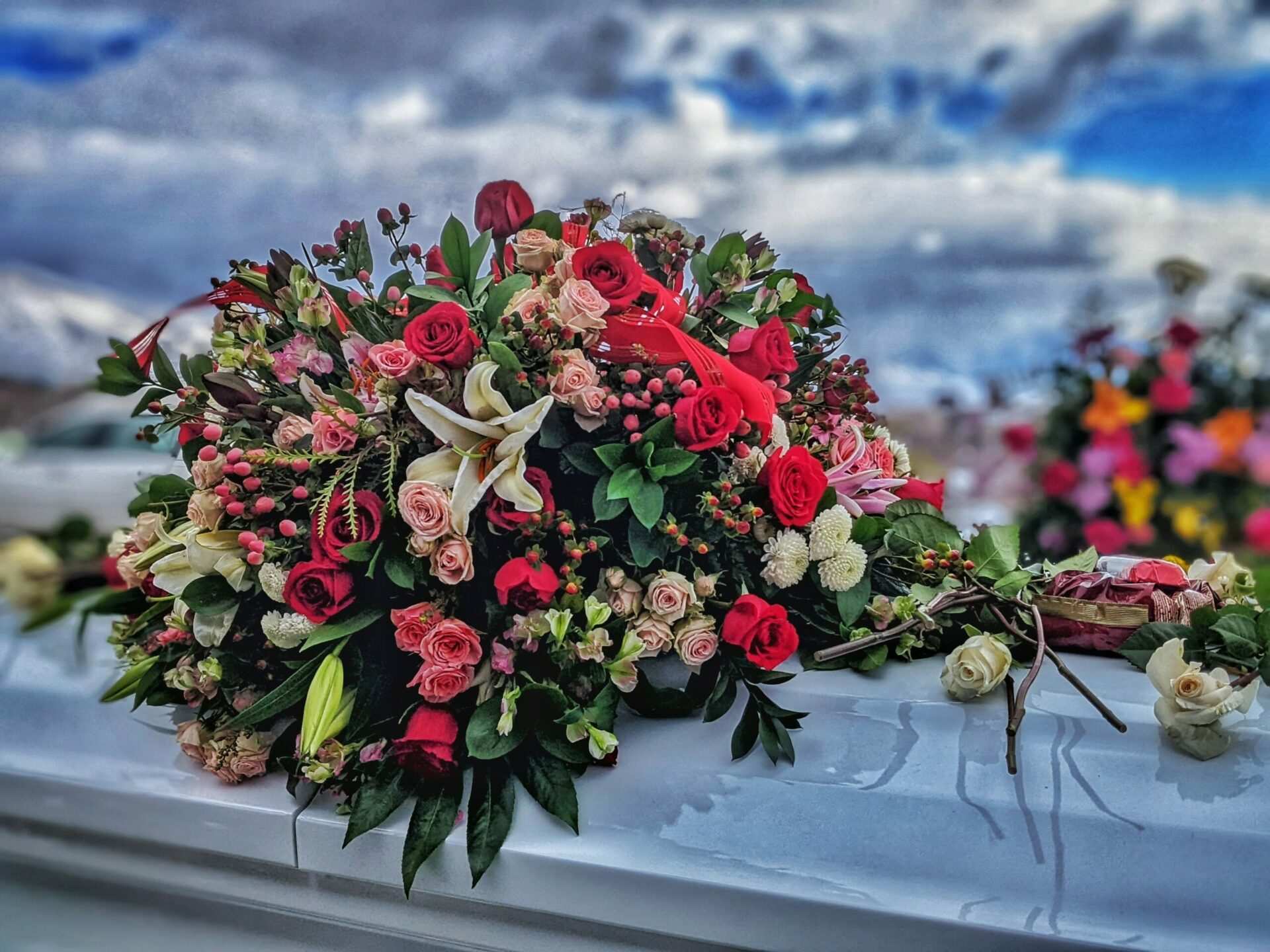Like many Californians, insurance broker Jennifer Balek took advantage of pandemic-induced opportunities to work from home by moving to another state.
The 38-year-old Camarillo native settled in a small community outside Dallas, where she and her husband bought a house big enough for their family of eight that they could never afford in Southern California. She also knew Texas has no state income tax. Gas for their vehicles is a lot cheaper.
What Balek did not realize, however, was just how drastically different the state laws and regulations are on employment and related issues. And those unrecognized differences can turn out to matter. Sometimes a lot.
Balek still works for the same California employer of nearly 20 years, but by moving her residence to another state, she faces the possibility of losing or getting significantly diminished benefits and protections. California is one of the most progressive when it comes to employee rights.
Employees working in California, for example, are entitled to a minimum of five paid sick days annually starting next year, up from three currently, under a new law signed recently. Neither Texas nor most other states require private employers to provide any sick leave benefits — paid or unpaid — to their employees.
California is one of a dozen states with paid family leave, with a maximum six to 20 weeks. Most others don’t. The same goes for time off for bereavement and for parents to attend their children’s school activities, though generally not paid. There’s also reimbursement for remote employees for their work-related expenses.
Besides leaves of absence, states have different laws on short-term disability, workers’ compensation and various wage and hour rules, as well as employment protections such as discrimination.
Balek said that she assumes she will have most of the same benefits and rights in Texas that she had in California. But unlike her job, they’re not often portable. The reality is that some protections apply only to those residing in California.
Others fall in a gray area where the courts are now deciding a growing number of disputes that have arisen as countless people have moved to new and often distant locations to be closer to families, improve their housing situation or achieve other personal goals. Many employment laws were written without remote work in mind.
“We’re getting a lot of calls from [out-of-state] people who want to sue under California law,” said Julian Burns King of the Los Angeles employment law firm King & Siegel.
“If their employer is based here in California, they think maybe California law applies even though they work remotely somewhere else in the country,” she said. “Sometimes remote workers in California aren’t sure what California law applies to their claims as their company is based elsewhere and all of their bosses are based elsewhere.”
Where you reside matters
No matter where one lives or works, there’s a wide range of federal laws for employers and employees. But some benefits are covered only by states, and others can be much more favorable for workers than comparable federal ones.
As a general rule, the state where you live governs employment rules and determines whether you’re eligible for most benefits.
During the pandemic, many Americans used the federal Family and Medical Leave Act, which gives employees up to 12 weeks of unpaid, job-protected leave to care for a sick family member.
California has a similar version of that but also has a separate paid family leave provision that enables employees to receive as much as 70% of their regular pay for up to eight weeks — and not just to care for a sick family member but also to bond with a new child or in certain cases of a military deployment.
The benefit is paid from state disability insurance funds collected through automatic payroll deductions. Workers living in California pay that tax — about 1.1% of their wages. And only those who pay into that system can take advantage of it.
It’s the same when it comes to benefits to workers for non-work-related illnesses and injuries, which are also covered under disability. California is one of only five states that requires employers to provide short-term disability insurance to workers. And California’s is especially generous: employees can get partial replacement wages of up to $1,620 weekly for a maximum of 52 weeks.
That fund also applies to California’s unique pregnancy leave allowing up to four months of job-protected time off, part of which can be paid due to a medical condition or limitations to doing one’s job. In all these cases, out-of-state workers generally aren’t eligible for cash benefits even if they work for a California company or bosses.
Your employer’s location counts too
What happens if you’re an out-of-state remote employee and you hurt yourself falling down the stairs during a water break at home?
For starters, the law of the state where you were injured — that is, where you were working — probably will apply, said Amy Puckett, a senior attorney at Bradley Arant Boult Cummings, an Alabama-based firm. Workers’ comp laws are state specific, and a court in one state might rule that such an injury qualifies for workers’ comp while another might say it’s not work-related enough.
California, New York and Illinois are among the states with the strongest workers’ comp laws. They require employers to provide coverage for virtually all employees, including out-of-state remote workers. And they can face severe penalties for failing to buy workers’ comp insurance.
In contrast, workers’ comp coverage is optional for private employers in Texas, and some other states have numerous exclusions. Employees in California also can claim benefits faster — just three days after an injury versus seven for Florida, Texas and most others.
Many states and cities have minimum pay and other wage rules such as on overtime. Generally they apply to people who work in those places. So if you’re fully working outside of California, you won’t be covered by the state’s wage and hour laws.
But what if you’re coming into your employer’s California headquarters regularly for meetings? Or you work some days in the California office and some days of the week from home located across state lines? Three of every 10 full-time employees today work on a hybrid schedule.
In some cases, you may still be covered by California wage and broader employment laws, including discrimination.
Do you have a work nexus to California?
A key question is, what’s your work nexus to California?
If there’s little or no connection, you’re out of luck. Take Amnoni Myers, a child-welfare consultant and motivational speaker who left Sacramento for Oklahoma two years ago. She said the big draw was $10,000 in cash for eligible remote workers relocating to Tulsa.
Myers, who is Black and queer, knew she would be giving up some social comforts of living in a progressive state, but it turned out there are legal implications as well.
She is considering working for an employer to supplement her consulting work. And although Oklahoma’s main employment discrimination law applies broadly to employers, unlike in California and other mostly coastal states, it doesn’t include employee protections involving sexual orientation and gender identity and expression.
After two years in Tulsa, Myers said, she’s found the city to be more welcoming than she expected. But after learning about the difference, she said, “That definitely has an impact on where I live. Long term I would have to think through what legal protections are needed for me to be safe to remain in a place long term.”
Most likely it would be a different story if Myers were an employee of a company based in California or reported to a boss or office in California. And such cases are emerging throughout the country.
Frances Schulman, a veterinary pathologist working from her home in New Hampshire after the pandemic, last year filed suit against her former New Jersey-based employer, Zoetis Inc., alleging she was paid much less than male veterinary pathologists with considerably less experience.
Schulman sued under New Jersey’s equal pay act, which has fewer employee exclusions and is generally tougher on employers found in violation than a comparable New Hampshire law. Zoetis argued that New Jersey’s equal pay law doesn’t apply to out-of-state employees, but the court rejected the company’s dismissal motion and the case is pending. The critical factor: pay decisions at Zoetis were made by executives in New Jersey.
Bottom-line considerations
At the end of the day, what employee benefits and rights remote workers have will depend on the facts of the case and the language of the state law in question. Some laws such as California’s paid sick leave specifically states that it applies to employees in California. Others aren’t that specific.
Even so, cases such as Schulman’s suggest that the surge of remote work may be expanding employment rights for employees as far as venue is concerned.
“Employees could potentially forum shop which state or federal law would be more beneficial,” said Paul Scrom of the New York employment law firm Halpern & Scrom.
New York and California typically have been at the forefront of advancing worker benefits and protections. And legislators in those states and elsewhere are likely to amend employment laws in the coming years, to make explicit the rights of remote employees.
At the same time, courts are now sorting through an increasing number of these cases as a result of the exponential growth of remote workers from the pandemic.
Surveys show that blue states, which have more pro-worker laws, are more likely to offer remote work. But in expensive California, with its outsize share of tech and other work-from-home jobs, that’s added to an already large net outflow of residents to other states.
Many have left for Texas, Nevada, Arizona and other states, often with cheaper housing costs in mind. But, said Scrom, they may want to look into what they may lose by making the move.
“All of these various laws help give you some cushion when you have life events and also give you the work-life balance that you may want,” he said. “There’s a lot more to consider before you make that call [to move], and not just look at it as, ‘Oh, this place is just too expensive to live.’”
___
© 2023 Los Angeles Times
Distributed by Tribune Content Agency, LLC.









